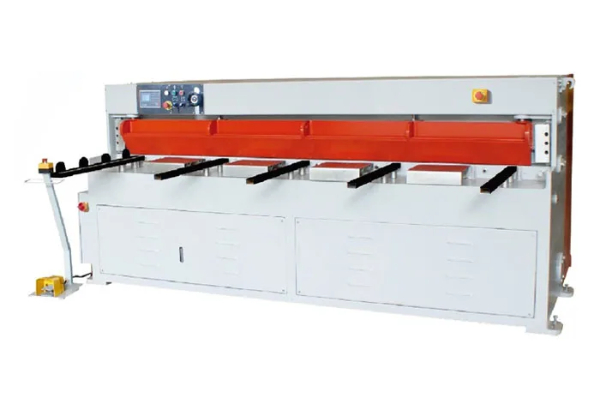
Quality Assurance- Ensuring Precision in Metal Cutting
- By:Metmac
- 2024-05-08
- 175
Quality assurance in metal cutting is paramount for ensuring the accuracy and reliability of manufactured parts. It involves meticulous processes and technologies to maintain adherence to design specifications, minimize defects, and guarantee consistency. This article delves into the multifaceted aspects of quality assurance in metal cutting.
Inspection and Measurement
Thorough inspection and precise measurement are crucial for detecting and preventing errors. Coordinate measuring machines (CMMs) perform high-precision measurements, creating digital models of parts to verify dimensions and tolerances. Visual inspections, conducted using microscopes or advanced optical systems, identify surface imperfections and ensure part integrity.
Tolerancing and Specifications
Precise tolerancing and adherence to specifications define the acceptable deviations from nominal dimensions. Tolerance analysis evaluates the accumulation of tolerance over multiple features, ensuring that the cumulative effect remains within specification limits. Design engineers and quality control specialists work together to establish clear and achievable specifications for each part.
Process Control and Automation
Automated manufacturing processes, such as computer numerical control (CNC) machines, reduce human error and improve consistency. Advanced software algorithms optimize cutting parameters based on material properties, ensuring proper toolpaths and minimizing deviations. In-process monitoring systems detect tool wear or material defects in real-time, allowing prompt corrective action.
Material Quality and Traceability
The quality of the raw material directly impacts the final product. Inspecting and testing materials for chemical composition, grain structure, and mechanical properties ensures their suitability for the intended application. Traceability systems track materials throughout the manufacturing process, enabling rapid identification and recall if any issues arise.
Operator Training and Certification
Skilled operators are vital for maintaining quality in metal cutting. Comprehensive training programs ensure that operators understand process parameters, safety procedures, and quality standards. Certification programs authenticate their knowledge and abilities, fostering a culture of precision and attention to detail.
Statistical Process Control
Statistical process control (SPC) uses data analysis to identify and eliminate sources of variation in the manufacturing process. By monitoring key quality characteristics and using statistical techniques, SPC helps improve process stability and reduce the likelihood of defects.
Continuous Improvement
Quality assurance is an ongoing process that requires continuous improvement. Feedback from customers, internal audits, and industry best practices are used to identify areas for improvement. By implementing incremental changes and fostering a culture of innovation, manufacturers can enhance quality and efficiency over time.
Conclusion
Quality assurance in metal cutting is a multi-faceted and essential aspect of the manufacturing process. By implementing comprehensive inspection methods, maintaining tight tolerances, utilizing automated systems, ensuring material quality, training skilled operators, employing SPC techniques, and embracing continuous improvement, manufacturers can consistently deliver precision-cut metal parts that meet or exceed customer expectations.
-
Advanced Sheet Metal Rolling, Cutting, and Folding Machines for Efficient Fabrication
2025/10/22 -
High-Precision Sheet Metal Bending and Cutting Solutions for Modern Manufacturing
2025/10/22 -
High-Precision Solutions from Leading Sheet Metal Cutting Machine Manufacturers
2025/09/11 -
Reliable Sheet Metal Equipment for Sale to Support Precision Fabrication
2025/07/17
-
Advanced Sheet Metal Rolling, Laser Cutting, and Folding Machines for Precision Fabrication
2025/10/31 -
High-Performance Sheet Metal Bending and Cutting Machines for Modern Fabrication
2025/10/31 -
High-Quality Sheet Metal Equipment for Sale: Efficient Solutions for Modern Manufacturing
2025/10/31 -
High-Performance Sheet Metal Equipment for Sale: Forming and Shearing Solutions for Modern Fabrication
2025/10/22
-
A Guide to the Latest Innovations in Sheet Metal Folding Machines
2024/11/29 -
Key Features to Consider When Investing in a Sheet Metal Folding Machine
2024/11/28 -
Enhancing Precision with Advanced Sheet Metal Folding Machines
2024/11/27 -
How to Choose the Right Sheet Metal Folding Machine for Your Workshop
2024/11/26






